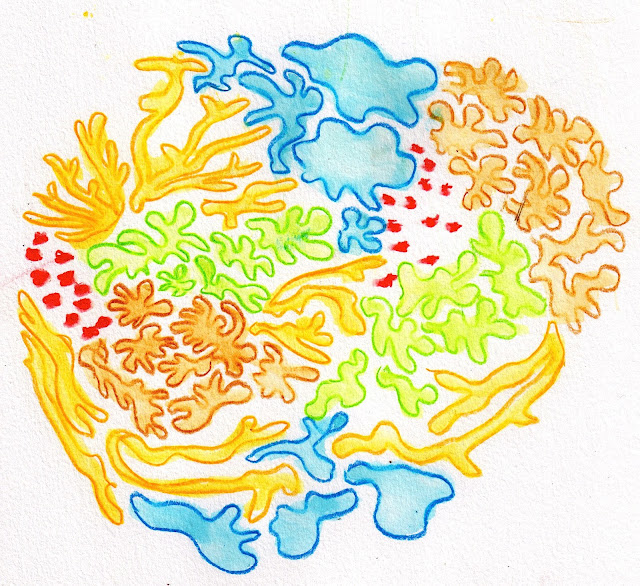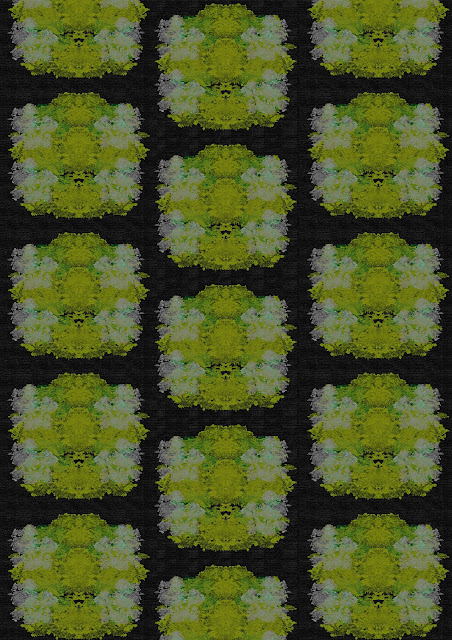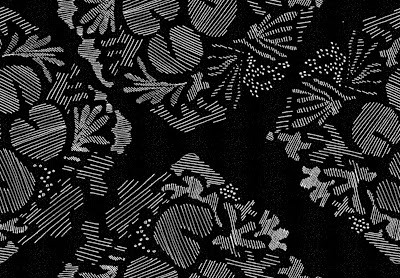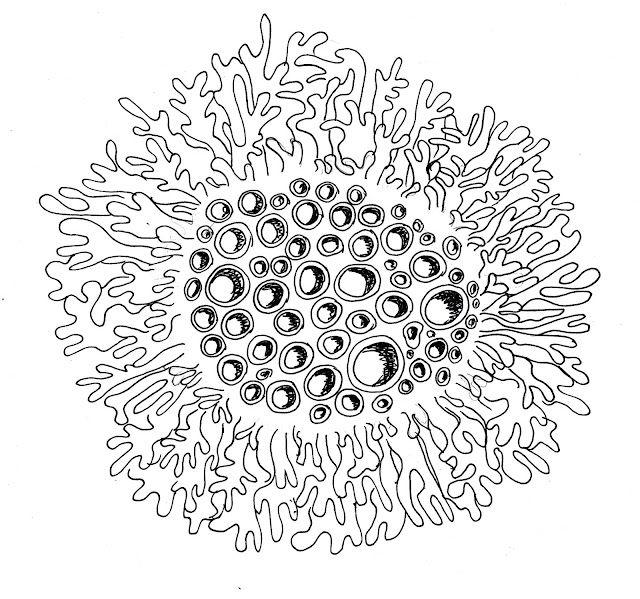Here is my poster :)
Thursday, 13 September 2012
I'm Back! HAPPINESS!
So, semester 2 of University has begun and digital class has become more challenging as we are thrown into world of anchors that make lines move! OH THE PARRADOX! I just can't HANDLE it! Oh too funny. too funny. I think I have become delusional!!! NEVER MIND!
Here are a couple of tips:
- Use rulers, there GREAT!
- Use a stencil! they are also great. maybe even greater!!
- Always be careful with your layers! Don't get sloppy! Label and Lock!!!!
- Movement is fantastic! No one want's to see rectangle shirts! That's what rectangles are for!!!
- Drape lines!!!
- The outline of the garment should be thicker! While the inner lines should be thinner!!!
- Thick lines might look grand on your big mac screen, but when you print, they often look a lot thicker and not very aesthetically satisfying ;) So I suggest 0.6 for the outer outline, and 0.4 for details, but what do i know, i'm a first year.
- Drop shadows make your rectangles look like cubes. Cubes are reaslistic. Thus use drop shadows.
- A man in the labs suggested gradients look great. I tried it out, they are fantastic!!!!!!
HERE IS MY ASSIGNMENT! HATERS GONNA HATE. <3

Here are a couple of tips:
- Use rulers, there GREAT!
- Use a stencil! they are also great. maybe even greater!!
- Always be careful with your layers! Don't get sloppy! Label and Lock!!!!
- Movement is fantastic! No one want's to see rectangle shirts! That's what rectangles are for!!!
- Drape lines!!!
- The outline of the garment should be thicker! While the inner lines should be thinner!!!
- Thick lines might look grand on your big mac screen, but when you print, they often look a lot thicker and not very aesthetically satisfying ;) So I suggest 0.6 for the outer outline, and 0.4 for details, but what do i know, i'm a first year.
- Drop shadows make your rectangles look like cubes. Cubes are reaslistic. Thus use drop shadows.
- A man in the labs suggested gradients look great. I tried it out, they are fantastic!!!!!!
HERE IS MY ASSIGNMENT! HATERS GONNA HATE. <3

Tuesday, 15 May 2012
Saturday, 28 April 2012
Friday, 27 April 2012
Development of the final pattern
I decided to select the colourful lichen as the basis of my repeat. This is because:
- It perfectly demonstrates the irregularity and uniqueness of lichen
- It brings a sense of novelty to an otherwise perceived boring part of nature
- I have never attempted a toss repeat, other than the rushed ones in class. This will be an awesome challenge!
Stage 1
After some alteration, I did a simple half drop. nothing too exciting, although it does look pretty magical.
I then attempted to toss repeat. It was only after i completed the working repeat that the pattern would look much more seamless if every second circle was flipped vertically, allowing for the audience to get lost in the pattern. So I started again.
This is the working pattern of the Toss repeat that has both a half drop and also has every second circle vertically flipped. But where is the circle???? MUAHHAHA I WILL NEVER TELL!
Experimentation
I primarily experimented with defining my own brushes as it was one of the first repeat techniques we learnt. I used my macro photograph of the lichen to define my own brush, I then used different colours and angles to develop the pattern below. The colour mode was altered after several layers were added.
A similar technique was used in defining the brush below, although a macro shot was used rather than a mirco.
Half drop
To develop this simple block repeat I combined two of my art pieces, the acrylic sheet, and the felt tip pen sketch.
This ogee repeat was developed using the felt tip pen etch. The colours were put in inverse.
Thursday, 26 April 2012
Listening to music so loud it Hertz.
I have spent the day roaming the Internet looking up interesting patterns and repeat techniques. Here are a couple I found eye candy worthy.
Dreamstime 2010, Nature seamless pattern, Dreamtime, viewed 28 April 2012 <http://thumbs.dreamstime.com/thumblarge_402/1243237823Zxsg90.jpg>
Arfey 2009,Frost Fir-Tree Seamless Pattern, Graphicriver, viewed 26 April 2012, <http://graphicriver.net/popular_item/by_category?category=graphics>
Shutterstock 2012, Seamless fish pattern, Shutterstock images, viewed 28 April 2012 <http://www.shutterstock.com/pic-46548064/stock-vector-seamless-fish-pattern-background.html>
Wednesday, 25 April 2012
Some moss took a lichen to a tree.
So what is lichen anyway, I can tell you for one thing it's not those scary wolf things from underworld.
Lichens, are composite organisms consisting of a symbiotic organism composed of a fungus (themycobiont) with a photosynthetic partner (the photobiont or phycobiont), usually either a green alga or cyanobacterium.
Unknown 2012, Lichen, Encyclopaedia, Wikipedia, 27/04/2012 <http://en.wikipedia.org/wiki/Lichen>.
__________________________
I am a bit of a Biology nerd so to me, Lichen sounds ridiculously intriguing. So basically there are three things that distinguish Lichen. These are:
1. Lichen is made up of two organisms, Fungus and Cyanobacterium.
2. These two organisms mutually benefit from their relationship.
3. The Fungus provides the physical structure while the Cyanobacterium contains chlorophyll and therefore produces food via photosynthesis.
Macro
Micro
Here are a couple lichen inspired edited drawings extracted from my journal.
Acrylic paints
Water colour pencils.
Felt tip pen.
Monday, 23 April 2012
Photography. Well picture that!
For this assessment, I will be focusing on lichen and moss. The reason why I am doing a combination of both is because during my exploration I have noticed neither exclusively. Here are some more snapshots of my adventures through a Park in Bass Hill. My active observation meant I not only looked at the visual aspects of the park, but rather absorbed the sounds, atmosphere and the symbiotic relationship between the living.
And the adventure begins.
The moss has almost devoured this wooden post entirely. The man placed object now camouflages into the forest floor.
Lichen is irregular. No two patterns are the same.

These are known as the water moss fern or Salvinia.
I found some incredible cob webs and spiders.
Subscribe to:
Comments (Atom)




















































